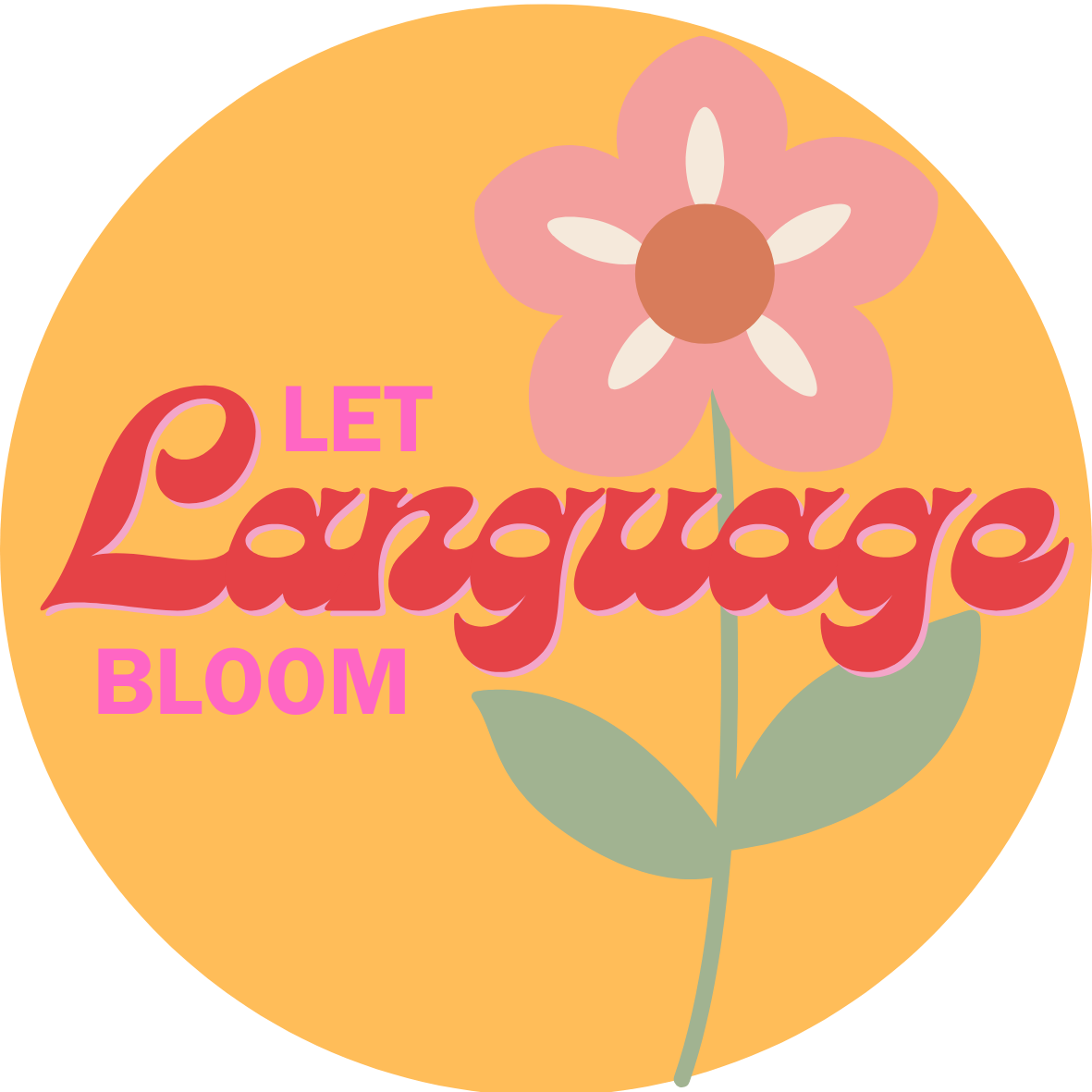Navigating Identities in CLD Learning: The Complex Tapestry of Identity in Language Acquisition
Understanding one's identity, especially in the context of language acquisition, involves a dynamic interplay between personal self-perception and societal affiliations (Weedon, 1997). In the realm of Culturally and Linguistically Diverse (CLD) learning, this blog post delves into the multifaceted nature of identity, exploring power structures, motivation, and language proficiency within the intricate landscape of second language acquisition.
Defining Identity
Historically, identity was often perceived as a fixed, authentic self, providing a sense of stability during language learning. However, contemporary theories, influenced by poststructuralist ideologies and globalization, view identity as a fluid, ever-changing construct (Weedon, 1997). For CLD learners, the challenge lies in navigating a monolingual society while being constantly exposed to diverse linguistic and cultural influences (Norton, 2000).
Language Proficiency and Group Membership
Language proficiency emerges as a critical aspect of identity formation for CLD learners (Hansen & Liu, 1997). Group membership, often determined by language use, becomes a significant factor in shaping one's identity. The ability to mirror the language of native speakers establishes one as an 'insider,' while variations may lead to being perceived as an 'outsider' (Hansen & Liu, 1997). This dynamic creates a constant negotiation for CLD learners, who must invest in practicing and immersing themselves in the target language's culture to gain acceptance within specific social groups (Norton, 2000).
Identity and Power Structures
Language choice and attitudes are inseparable from power structures, political arrangements, and interlocutors' views of their own and others' identities (Pavlenko & Blackledge, 2004). Phillipson's concept of linguistic imperialism asserts that the dominant English-speaking culture holds power, influencing the identities of CLD learners from underdeveloped nations (Phillipson, 1992). The notion of 'cultural capital' further reinforces the idea that learning the target language provides symbolic and material resources, elevating the learner's societal value (Bourdieu, 1991).
Motivation in SLA
Motivation in SLA, viewed as a social construct, is intricately linked with the concept of investment (Norton, 1995). Norton's theory of investment, drawing on Bourdieu's cultural capital, suggests that learners are 'customers' seeking a return on their investment in language learning (Norton & McKinney, 2011). The desire to integrate into the target language community and gain cultural relevance drives CLD learners' motivation (Gardner et al., 2004). However, the disparity between intentions and behavior, as highlighted by Duff's study, underscores the complexities of motivation in a classroom setting (Duff, 2002).
Conclusion
The journey of CLD learners in a new linguistic and cultural environment is a nuanced process of identity negotiation, influenced by power structures, motivation, and language proficiency. Recognizing the complexities of identity formation in SLA is essential for educators, institutions, and policymakers to create inclusive learning environments that embrace linguistic diversity and promote a more equitable approach to language education. Through these insights, CLD learners can navigate their language acquisition journey with a deeper understanding of the intricate interplay between identity and language.
References
Anderson, B. R. (1991). Imagined communities: Reflections on the origin and spread of nationalism. London: Verso.
Ansaldo, U. (2010). Identity alignment and language creation in multilingual communities. Language Sciences, 32(6), 615-623.
Atkinson, D. (2011). Alternative approaches to second language acquisition (pp. 73-94). Milton Park, Abingdon: Routledge.
Block, D. (2007). The Rise of Identity in SLA Research, Post Firth and Wagner (1997). The Modern Language Journal, 91, 863-876.
Bourdieu, P., & Thompson, J. B. (1991). Language and symbolic power. Cambridge, MA: Harvard University Press.
Canale, M., & Swain, M. (1980). Theoretical Bases Of Communicative Approaches To Second Language Teaching And Testing. Applied Linguistics, I(1), 1-47.
Duff, P. (2002). The discursive co-construction of knowledge, identity, and difference: An Ethnography of communication in the high school mainstream. Applied Linguistics
23, 289–322.
Duff, P. (2012). Identity, agency, and second language acquisition. In S. M. Gass & A.
Mackey (eds), The Routledge Handbook of Second Language Acquisition. New York: Routledge, 410–426.
Gardner, R.C. & Lambert, W.E. (1972). Motivational variables in second language acquisition. In R.C. Gardner & W. Lambert (eds.) Attitudes and motivation in second language learning. (pp. 119-216). Rowley, MA: Newbury House.
Gardner, R.C., Masgoret, A.-M., Tennant, J., & Mihic, L. (2004). Integrative motivation: Changes during a year-long intermediate-level language course. Language Learning, 54(1), 1-34.
Gee, J. P. (2004). Situated language and learning. A critique of traditional schooling. New York, NY: Routledge.
Hansen, J. G., & Liu, J. (1997). Social Identity and Language: Theoretical and Methodological Issues. TESOL Quarterly, 31(3), 567.
Lightbrown, P. M., & Spada, N. (2013). How Languages are Learned. Oxford: Oxford University Press.
Mahboob, A. (2009). Racism in the ELT industry. In A. Mahboob & C. Lapovsky (Eds.) Studies in Applied Linguistics and Language Learning. Newcastle upon Tyne: Cambridge Scholars Press.
Markus, H., & Nurius, P. (1986). Possible Selves. American Psychologist 41 (9), 954-969. McNamara, T. (1997). Theorizing social identity: What do we mean by social identity? Competing frameworks, competing discourses. TESOL Quarterly, 31(3), 561- 567.
Norton Peirce, B. (1995). Social identity, investment, and language learning. TESOL Quarterly, 29, 9–31.
Norton, B. (1997). Language, identity, and the ownership of English. TESOL Quarterly, 31(3), 409-429.
Norton, B. (2000). Identity and language learning: Gender, ethnicity and educational change. Harlow, England: Longman.
Norton, B. (2013). Identity and language learning: Extending the conversation. Bristol: Multilingual Matters.

